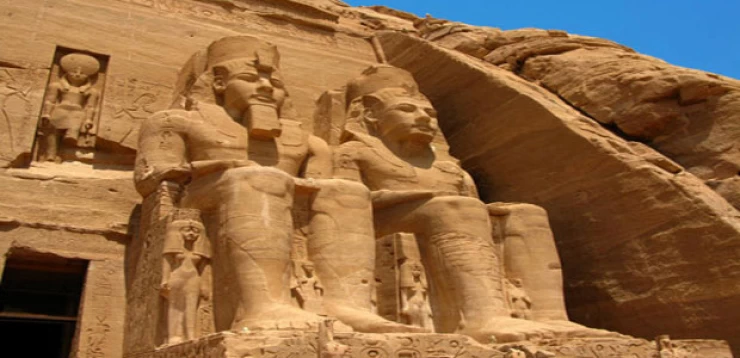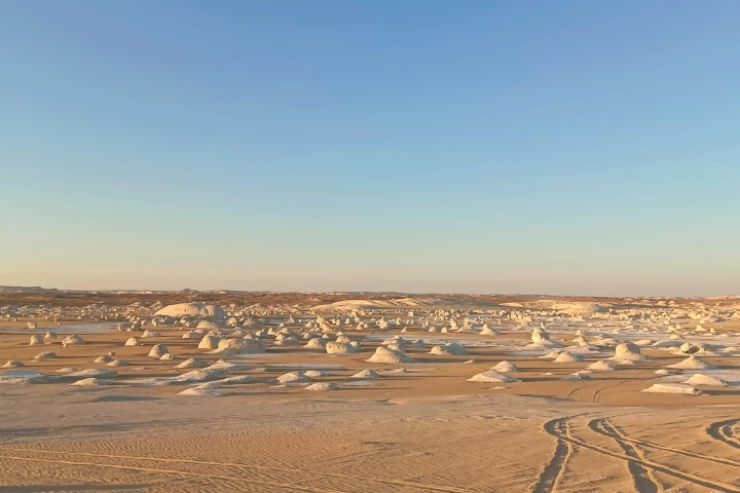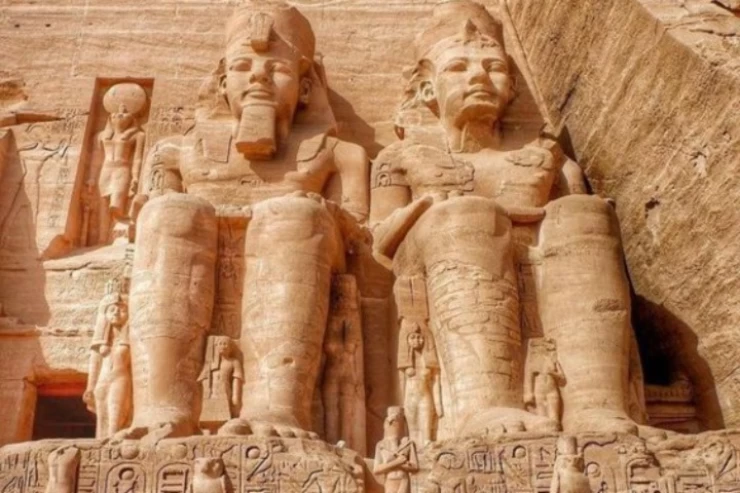
Ehnasia, the capital of ancient Egypt
The capital of ancient Egypt
The center and city of “Ehnasia” is one of the most important cities of Beni Suef governorate, located west of the city, and was the capital of Egypt during the Ninth and Tenth Dynasties for more than two centuries, from 2242 to 2452 BC.
In 1944, the Interior issued a decision to establish the Ihnasia Center in 1944, and 21 years later, in 1965, a republican decision was issued to amend the name of the center to Ihnasia, and some call it Umm Al-Kaiman due to the presence of dunes and sand gatherings “Kaiman” in the city.
The area of the Bahnasia archaeological area is 390 acres and includes the remains of the temple of King Ramses II and two statues of the king made of quartz. In front of the front lobby of the temple, Ramses II erected two large statues of him, followed by a hall of bilateral columns with crowns decorated with palm leaves, and another hall of columns leading to the interior of the temple, some parts of the temple were replaced during the Twenty-Third Dynasty, and renovations were made during the Greco-Roman period.
After the January 25 revolution, the archaeological area was looted and excavated, and unknown persons extracted a statue and tried to steal it. Some locals confronted them and prevented them from doing so, but they managed to escape, in addition to the presence of an antiquities warehouse, the last of which was recently transferred in 2018 an archaeological mural belonging to King Saptah of the nineteenth dynasty, which was seized in the possession of a teacher who extracted it during the excavation of antiquities at his home.
It was seized in the possession of a teacher who extracted it while digging for antiquities at his home, as well as a group of gold-colored metal statues with inscriptions, including what an employee found during demolition and construction work at his home and handed it over to the tourism police, and another seized by the police inside the house of two brothers, in addition to the archaeological area of “Sdement al-Jabal” one of the center's villages, which includes a large archaeological cemetery, from which many pieces were distributed to museums of the world's countries.
The entrance to the city of Ahnasia also received the attention of the heads of the local units who took over the responsibility over the past years, as it was developed more than once to become the best at the level of the seven administrative centers in the governorate, which consists of two wide and separate lanes with a gate in the middle, topped by an ancient Egyptian driving a war chariot drawn by a horse, forming an artistic painting that lights up at night and symbolizes the civilizational importance of Ahnasia.


















